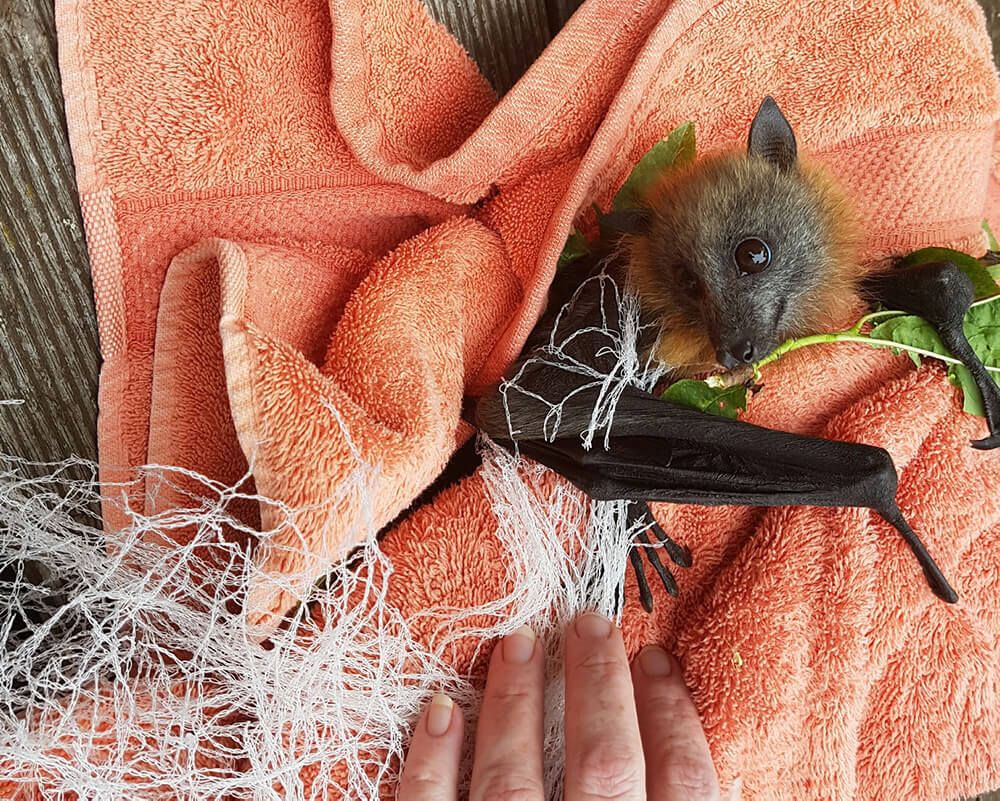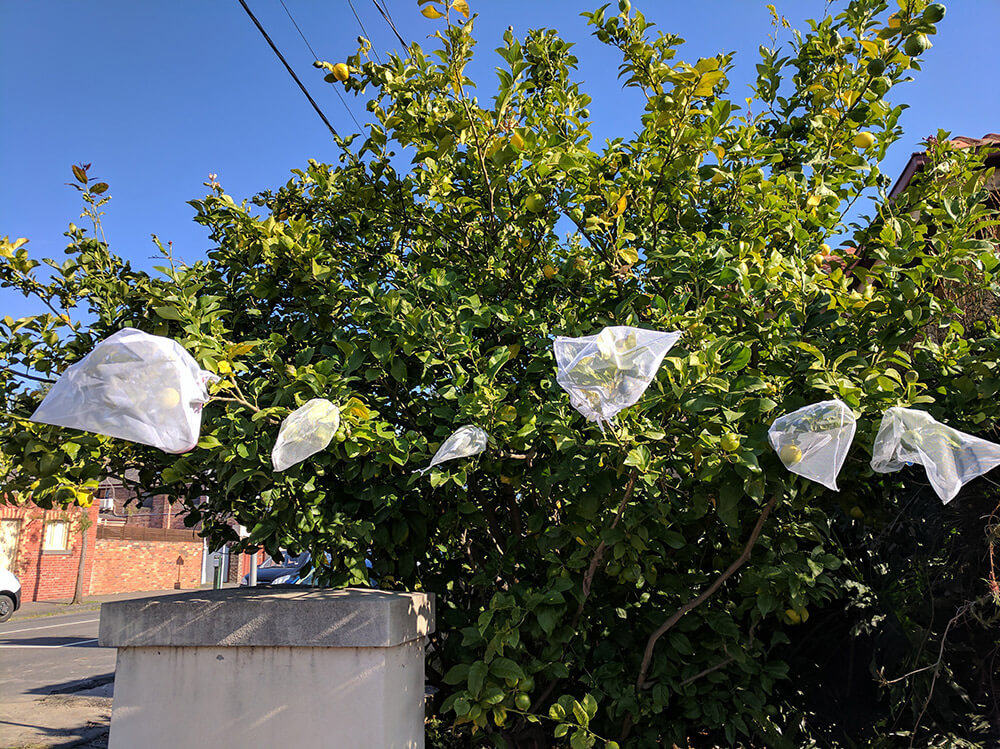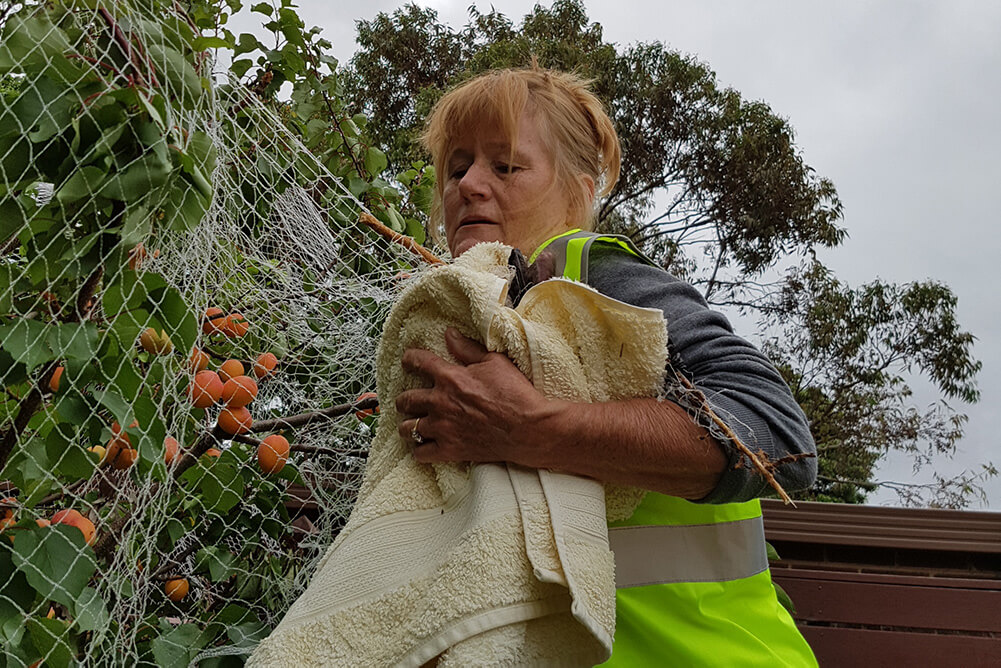Backyard Netting Is Lethal for Native Animals – Here’s How You Can Help!
While most of us are sleeping, flying foxes are busy at work along the East Coast of Australia, pollinating and dispersing seeds over 30 kilometres each night. These winged mammals are what ecologists consider a keystone species, meaning that many other animals and plants depend on their survival and well-being.
However, despite their significance to Australia’s environment, flying fox populations are falling, partly because of easily preventable entanglements in backyard fruit tree netting. Read on to learn the steps you can take to help them!

Tragic Tangles
In urban areas, tree netting is a popular way to protect fruit from wildlife. Unfortunately, some types of netting are deadly for animals such as flying foxes and birds, as thousands of them become entangled each year.
The more they struggle to escape, the deeper the nets cut into them. Some suffer from broken bones, dehydration, blood loss, shock, and even strangulation. Most eventually die from their injuries.
Some of the photos in the gallery below are graphic.
Forest Builders
Flying foxes travel much farther in a day than bees and most birds do, so they’re able to pollinate vast areas each night, and because of their nocturnal activity, they are essential to the survival of hardwood trees – including spotted gum, ironbark, red gum, and grey box –since hardwood flowers are only receptive to pollination at night.
The loss of flying foxes has knock-on effects for other tree-dwelling animals – such as koalas – who rely on hardwood forests to survive.
Protect Pollinators
Thankfully, the solution to netting entanglements is simple.
The wildlife rescue organisation WIRES suggests doing a simple test to ensure that the fruit tree netting you buy is safe for animals: choose netting that you cannot poke your finger through. That way, the holes will be too small for animals to go through.
There are also alternatives to netting whole trees, such as placing fruit bags over individual branches.

Keeping animals safe in your own backyard is a great first step, but what about your neighbours and everyone else?
As of 1 September, only netting with a mesh size of 5 mm by 5 mm or less at full stretch will be permitted to be sold and used in backyards in Victoria. Please take a moment to write to the Queensland and South Australian governments to ask that they do the same.
If flying foxes become entangled in your backyard, don’t try to rescue them yourself. They can carry lyssavirus – yet another reason to change your old netting so that they don’t become stuck! Instead, contact your nearest wildlife rescue group or call the WIRES Rescue Line on 1300 094 737. All rescuers have been vaccinated against lyssavirus.
Don’t forget that discarded old netting can still entangle animals. You should place it into a strong biodegradable bag before depositing it in a landfill.
Last step: share this information with someone who needs to know! When we know better, we can do better – so please pass this information on to others.

